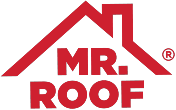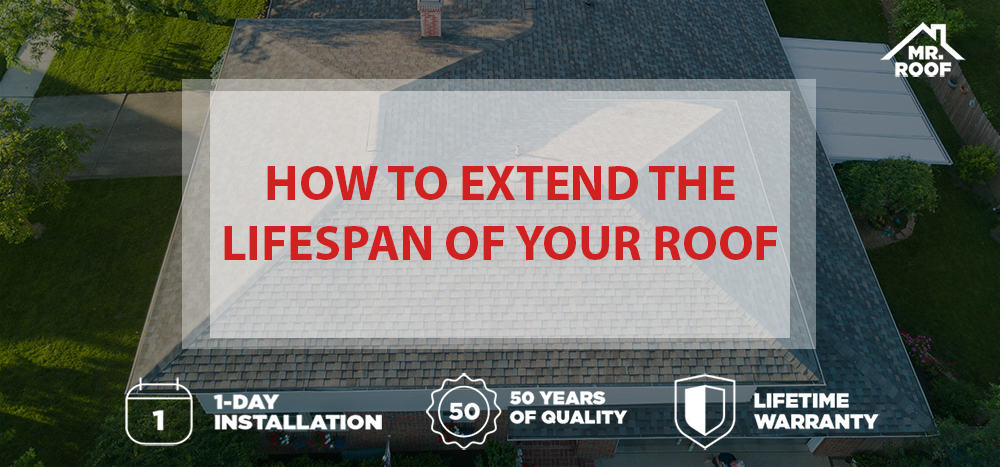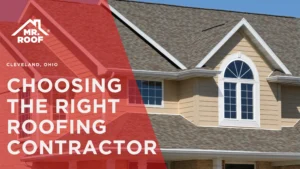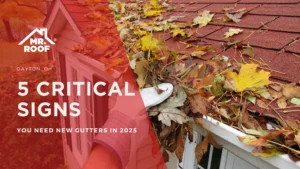When you purchased your home, you likely had an inspection, and your inspector gave you an idea of your roof’s condition. While the longevity of your roof directly depends on the quality of workmanship and materials, there are steps you can take to improve its lifespan. As a homeowner, it is your job to maintain your home, and that includes your roof.
Common Maintenance Issues and How to Avoid Them
Small problems, left unchecked, can pose a serious threat to your roof’s integrity. Here are some of the most common:
 Sagging or overloaded gutters. Over time, leaves and other debris can build up in your gutters and cause them to sag. Keep them clean to avoid water damage to your roof’s deck board and the boards under the gutter line.
Sagging or overloaded gutters. Over time, leaves and other debris can build up in your gutters and cause them to sag. Keep them clean to avoid water damage to your roof’s deck board and the boards under the gutter line.- Unattended roof debris. After storms, tree branches and other debris can build up on your roof. Clean these areas frequently to avoid roof rot and other damage.
- Fluctuating temperatures in the winter can lead to partial melt and refreezing, which creates ice dams. These can wreak havoc on your roof, so tend to them quickly.
- Unknown rot or weak spots. Most homeowners don’t routinely climb on their roof for inspection. Consider hiring a professional roofing company to check the roof’s condition every two to three years. They may also make small repairs ? such as resealing weak spots ? that could save you a lot of time and hassle down the road.
The Importance of Adequate Ventilation
If you want to know the key to a long-lasting roof, look in this surprising area – your attic. Poor attic ventilation can lead to many problems, but one of them is the aging of your roof.
In the summertime, an attic without proper airflow can easily reach 160 degrees. This superheated air can penetrate your insulation, making the rest of your home hotter, even damaging your paint or wallpaper. On your roof, this hot air also “fries” your shingles, leading to decay. It can also warp the rafters in your attic or cause them to crack.
Poor attic ventilation can also lead to issues in the winter. Namely, your household appliances that create moisture (think your dishwasher, washing machine, even cooking vapors) can lead to water build-up. Improperly ventilated attics create moisture that clings to the top of your roof, which in turn falls onto your insulation and reduces its efficiency.
Insulating Your Attic
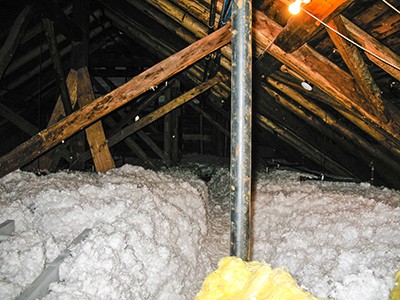 Insulating your attic is equally important in protecting your home’s longevity. When we think of insulation, we think of the pink stuff that keeps our homes warmer in the winter and cooler in the summer. While this is one important function, insulation also protects the structural elements of a building, including your roof. Insulating your roof will help control energy bills and provide more comfort, but it’s also important in maximizing the life of your roof.
Insulating your attic is equally important in protecting your home’s longevity. When we think of insulation, we think of the pink stuff that keeps our homes warmer in the winter and cooler in the summer. While this is one important function, insulation also protects the structural elements of a building, including your roof. Insulating your roof will help control energy bills and provide more comfort, but it’s also important in maximizing the life of your roof.
In the summer time, the temperature on your roof can be up to 90 degrees higher than the air temperature! Insulating your attic reduces heat transfer and reflects radiant heat away from the roof, decreasing the temperature around the structures. This helps protect your rafters from cracking.
Attic insulation is cost-effective to install but requires specialized equipment. Talk to a professional about the right amount of insulation for your roof.
A Note About Cleaning
Some homeowners balk when they see the telltale black streaks on their roofs indicating mold. While mold on your roof is unattractive, it won’t affect its integrity or longevity. You can easily kill mold with a diluted bleach solution to improve curb appeal or call in a professional to do it for you. If you notice moss growing, this merits immediate attention, as it can trap moisture and rot your roof.
Preparing for Damages
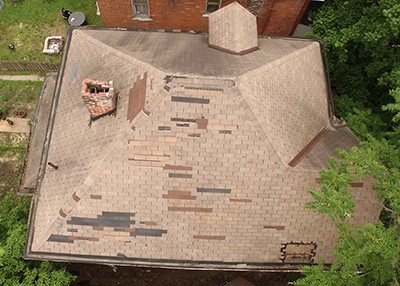 Despite our best efforts, all roofs incur damage. These may happen after a bout of inclement weather or as the result of natural wear and tear. The best approach to damages is a proactive one. Have your roof professionally inspected often and tackle smaller problems as they occur. A few missing shingles may not seem like an emergency, but over time they can rot the decking underneath. If you need a new roof, call Mr. Roof and schedule a free inspection.
Despite our best efforts, all roofs incur damage. These may happen after a bout of inclement weather or as the result of natural wear and tear. The best approach to damages is a proactive one. Have your roof professionally inspected often and tackle smaller problems as they occur. A few missing shingles may not seem like an emergency, but over time they can rot the decking underneath. If you need a new roof, call Mr. Roof and schedule a free inspection.
Here’s a tip for amateur roof inspection; you don’t need to break out a ladder, a pair of binoculars will work fine. If you notice anything amiss like missing, curling, or buckling shingles, arrange for a professional once-over.
Maintaining your roof is easy with a proactive approach. With proper attention, you can enjoy your roof for years to come. If you think your roof may be damaged, call today for a free estimate! Mr. Roof is here for you when you need us and not a moment too late!
